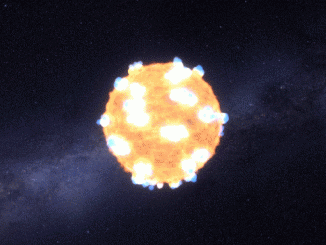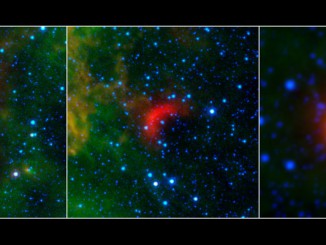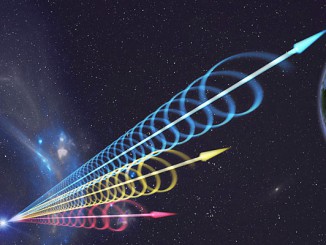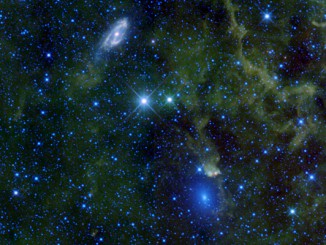
Astronomers glimpse supernova shockwave for the first time
Astronomers have captured the earliest minutes of two exploding stars and for the first time seen a shockwave generated by a star’s collapsing core. The international team found a shockwave only in the smaller supernova — a finding that will help them understand these complex explosions that create many of the elements that make up the Earth and solar system.









